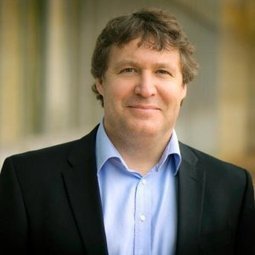You recently launched the DALMOOC, which you created with a focus on improving the social experience of learners – can you tell me a bit about the structure and format you have chosen?
We call it a dual layer MOOC, but we don’t mean that in a binary sense, it’s more like saying there are two pathways to take. You can either take a structured pathway – the way that you see with a lot of MOOCs that are run, say, on Cousera or edX – and that’s a heavy teacher focus with guidance. As in, you click through to the next level.
We’ve created a second level that we’re calling more of the ‘social layer’ and we’re basically asking students to engage with one another and to create artefacts that reflect their understanding and to share those artefacts.
In the learning process we need different cycles of scaffolding – there are times when you come across a new idea completely and you can’t really create and socialise around it effectively because you just don’t know anything. So, there may be a cycle by which the learner follows a traditional structure or pathway but as soon as they become more confident they move into social and more emerging formats. In a way they’re oscillating between these two elements of the MOOC: structure and linear versus emergent and social.

|
Scooped by Vladimir Kukharenko |



 Your new post is loading...
Your new post is loading...







"A lot of what’s wrong with MOOCs stems from how they emulate traditional classrooms" - @gsiemens
Dual layered MOOC. I do see the obvious benefits.